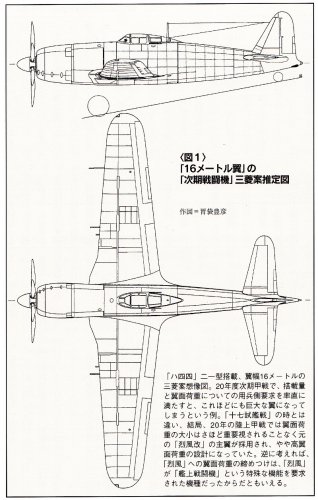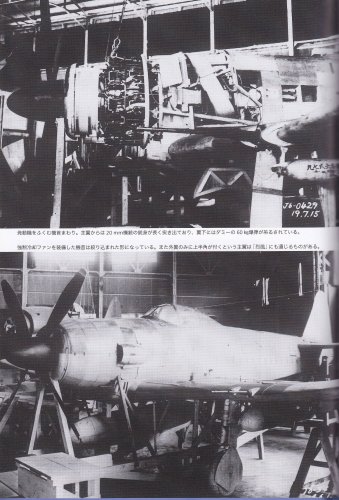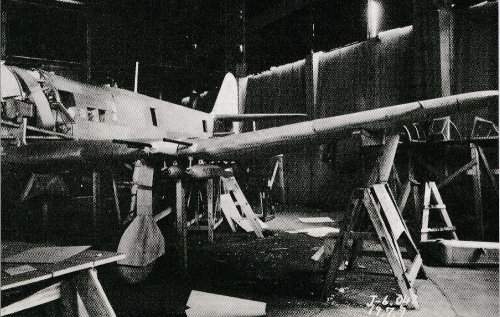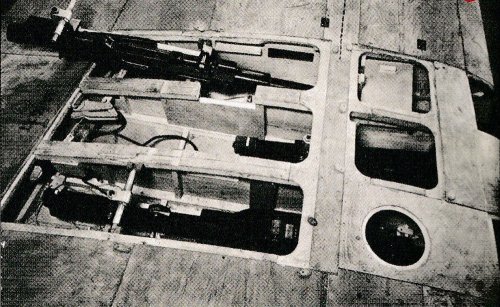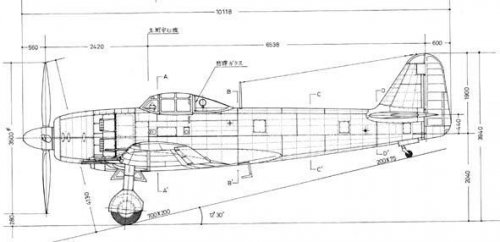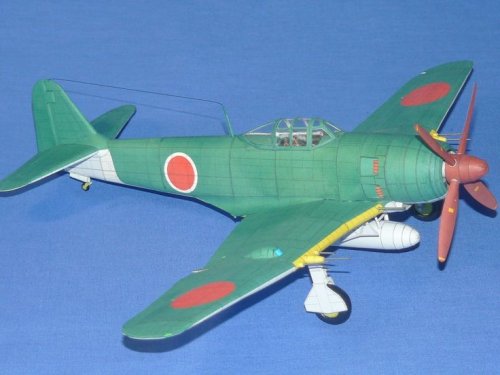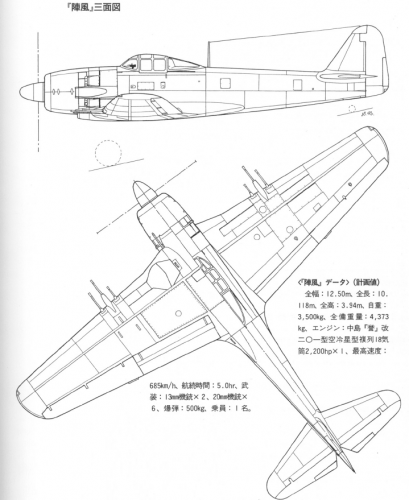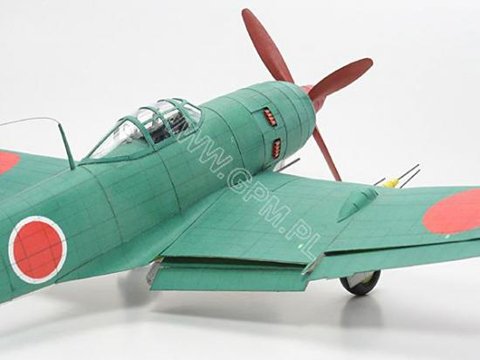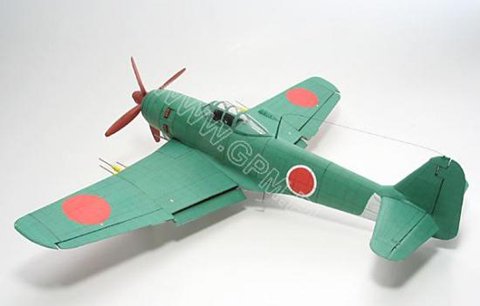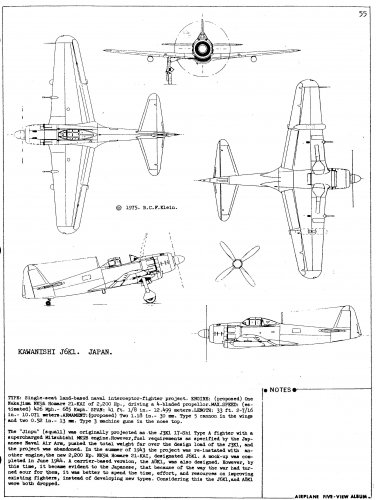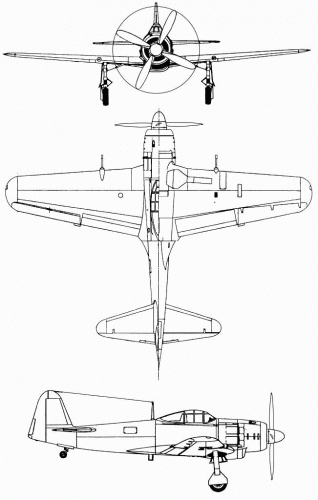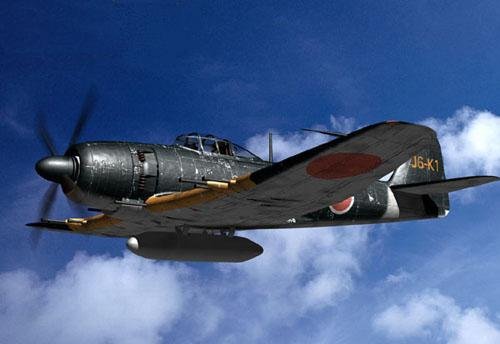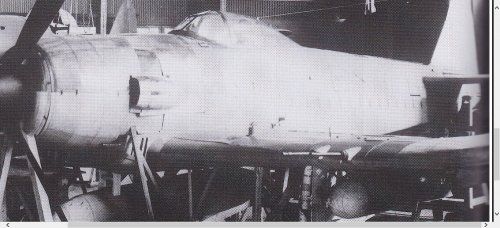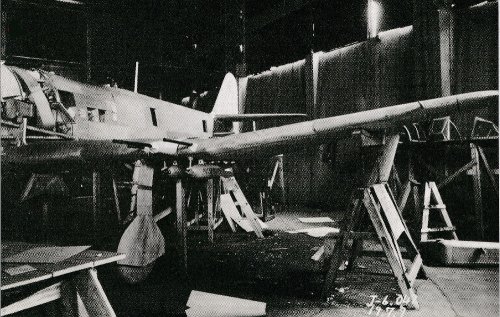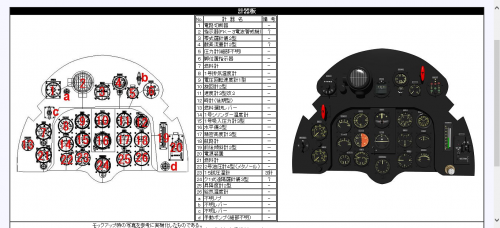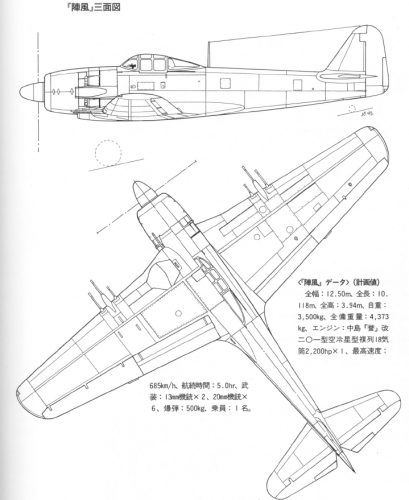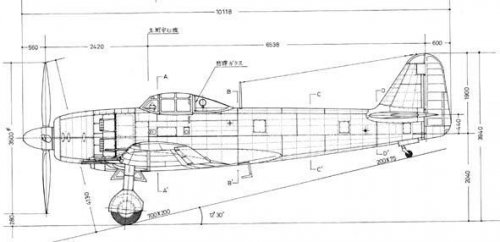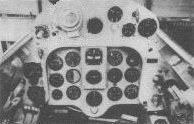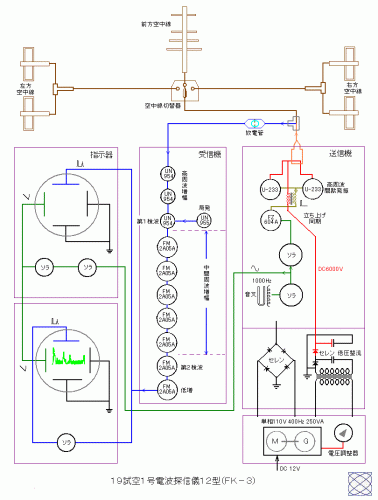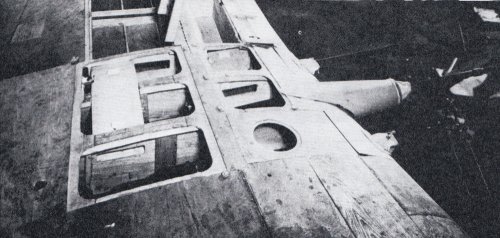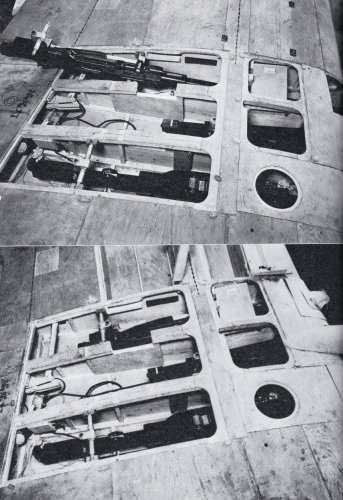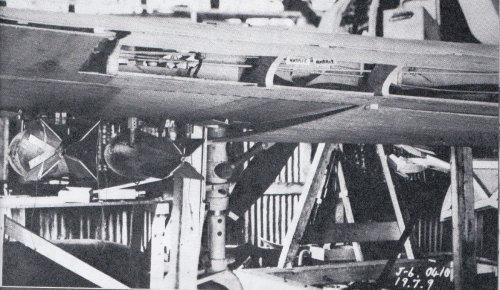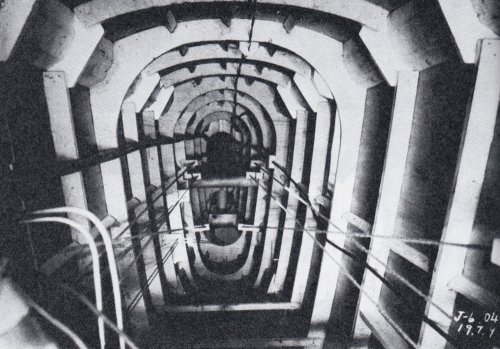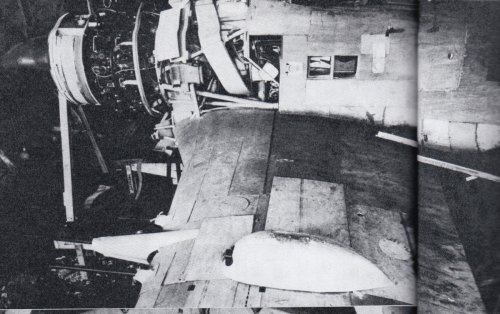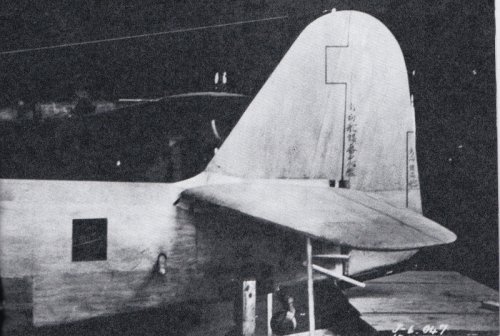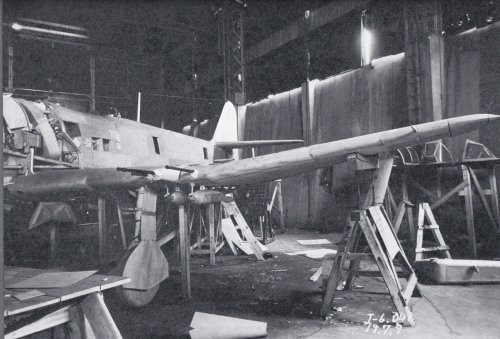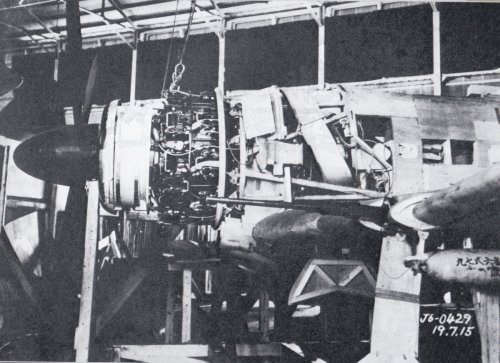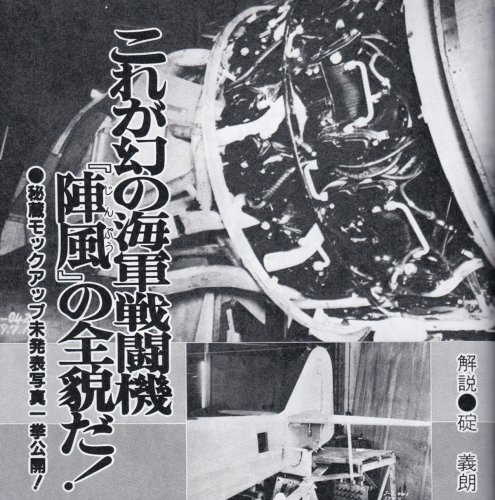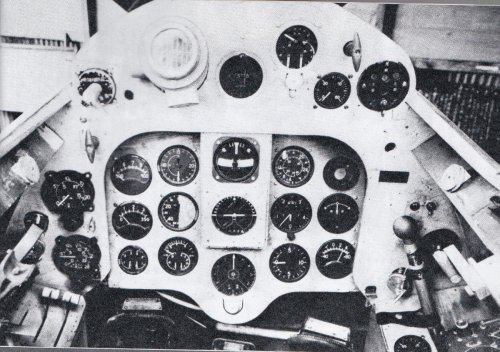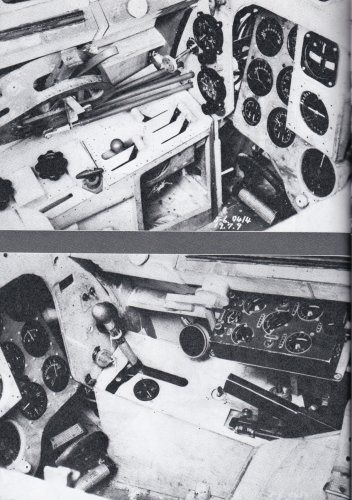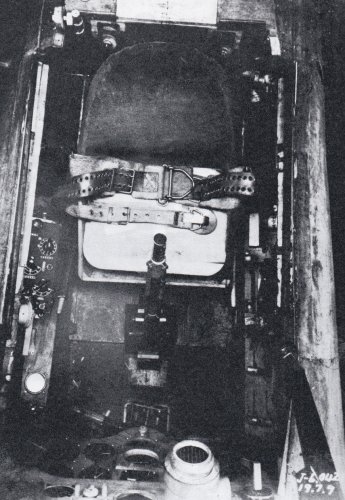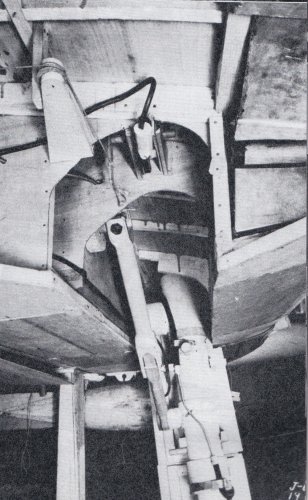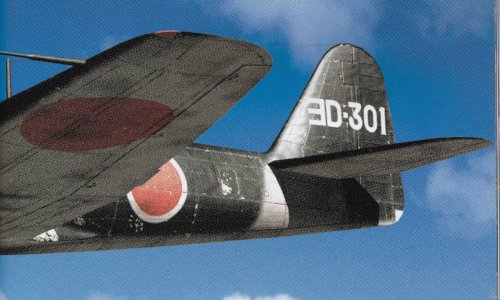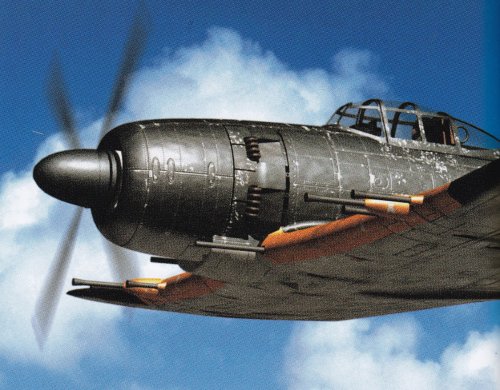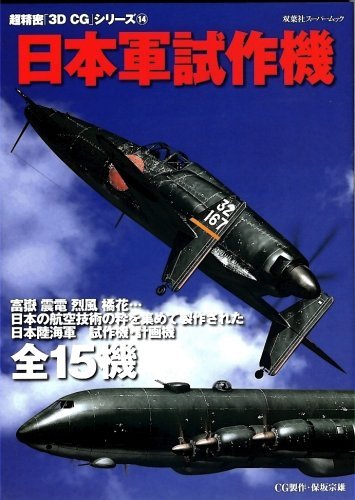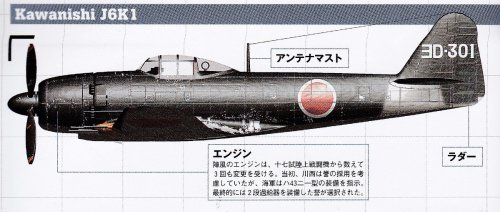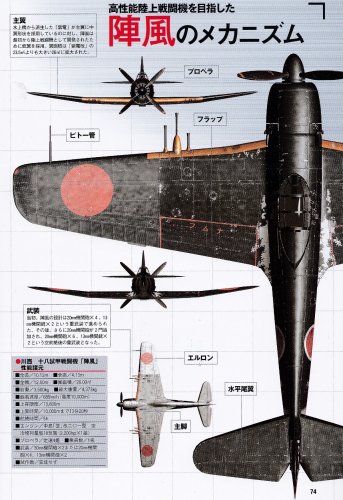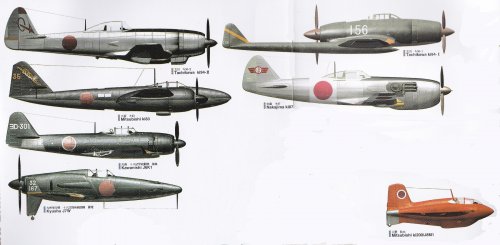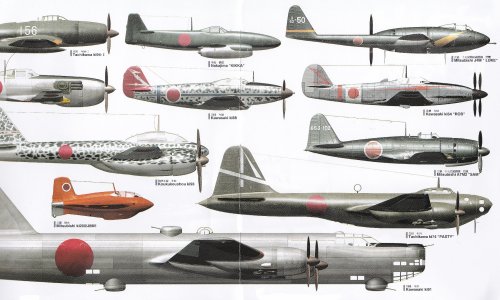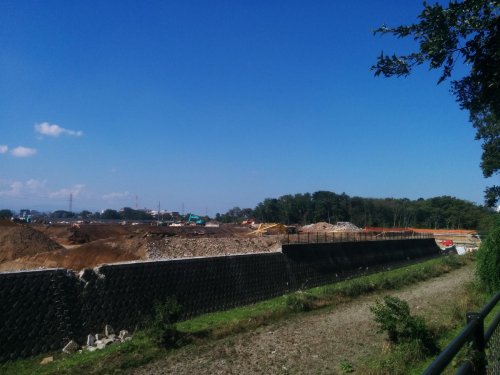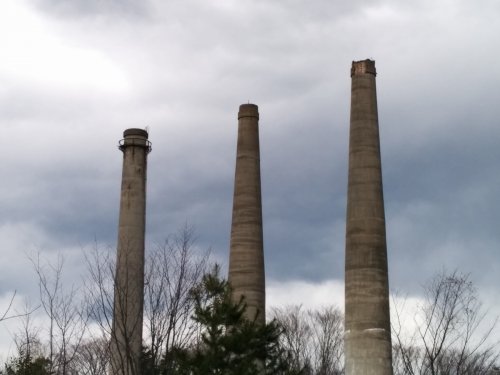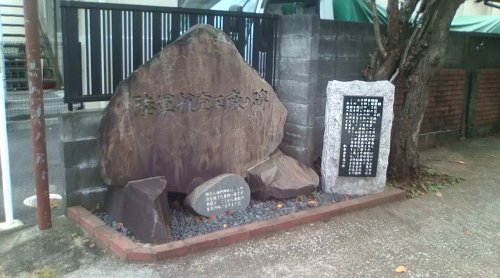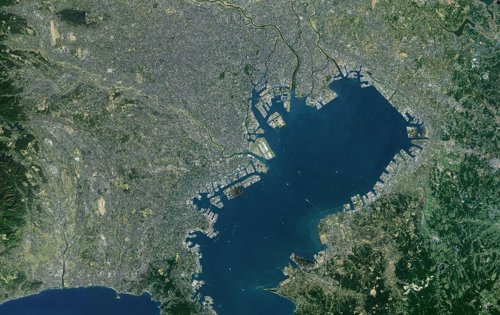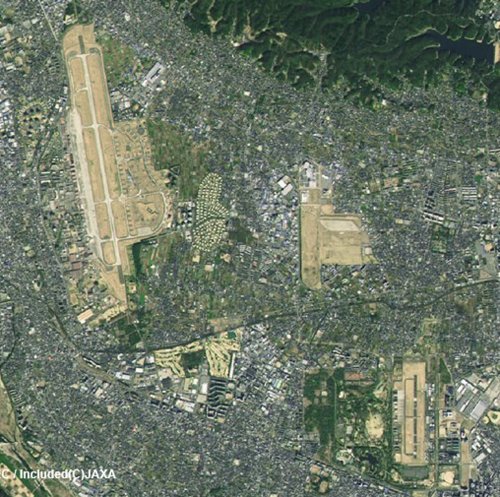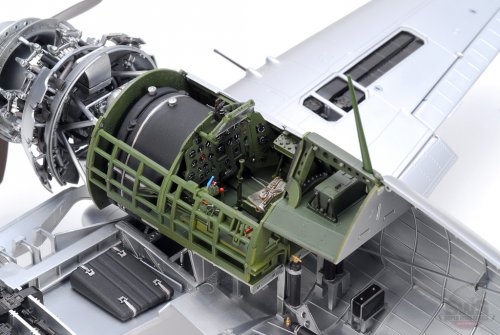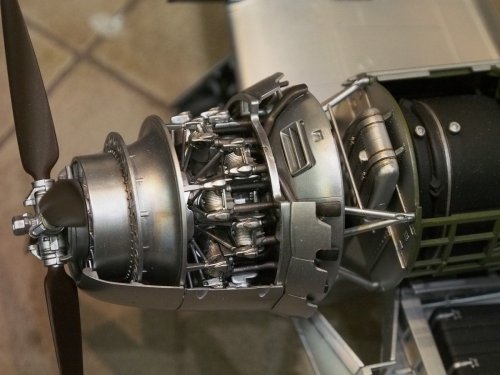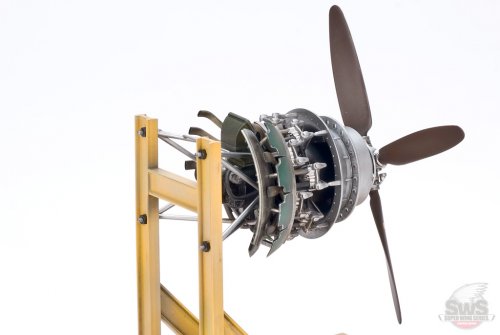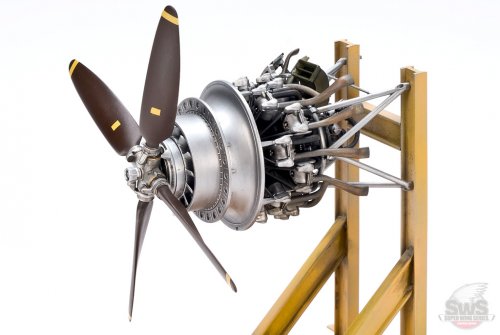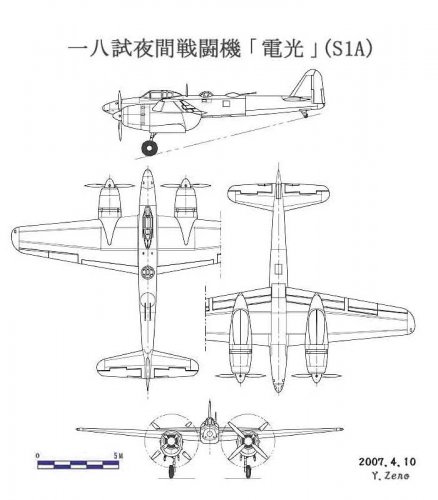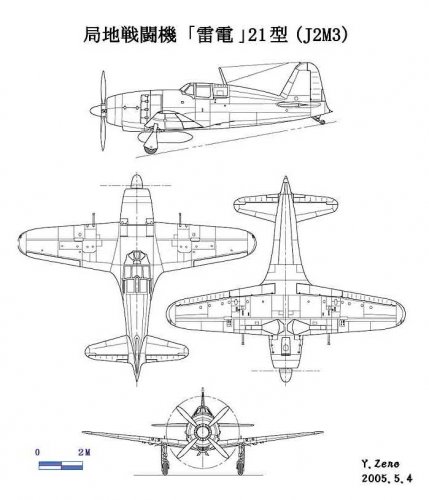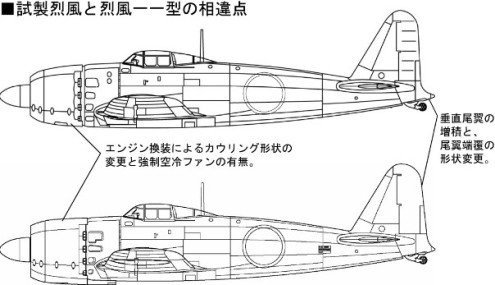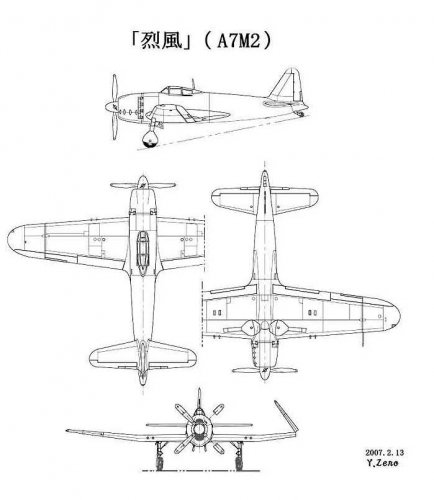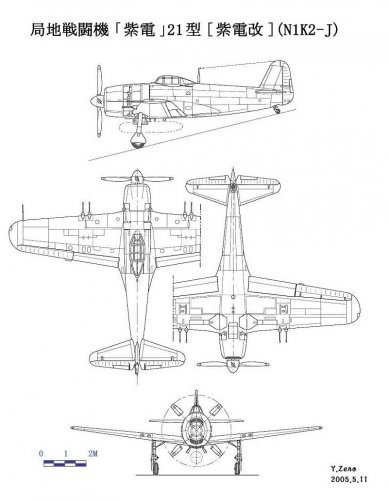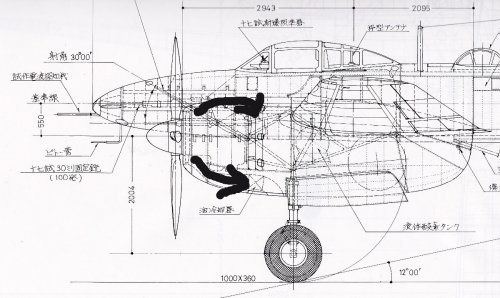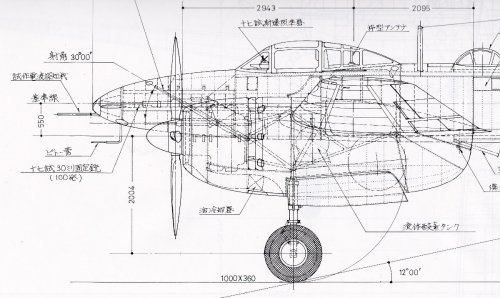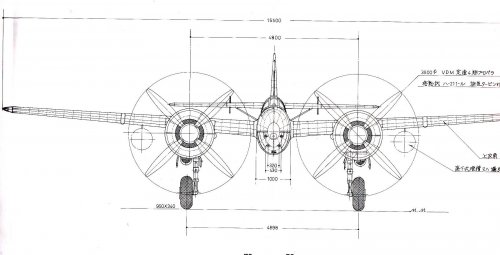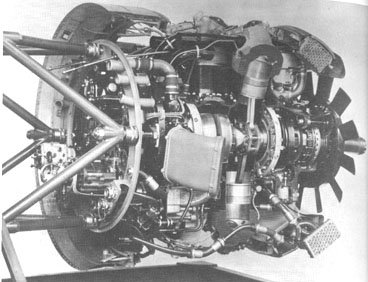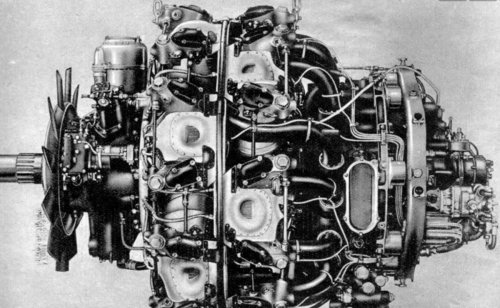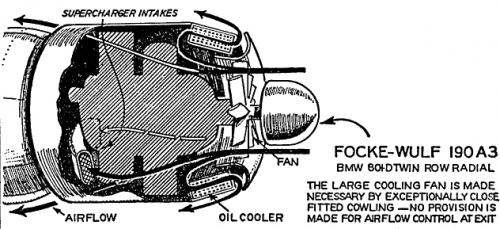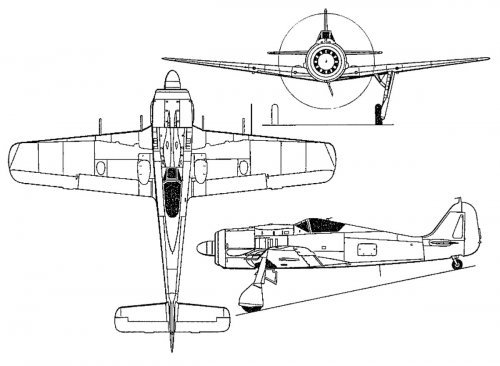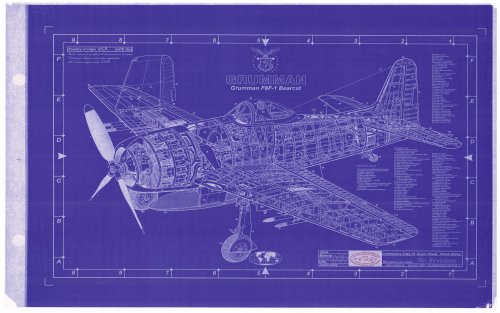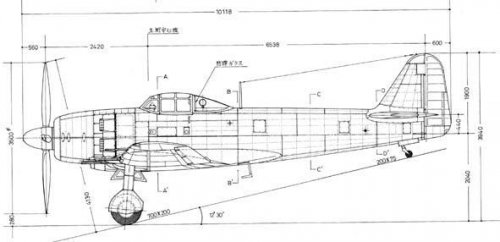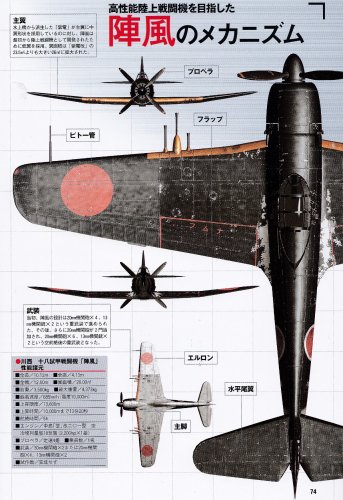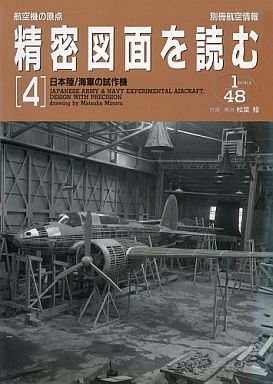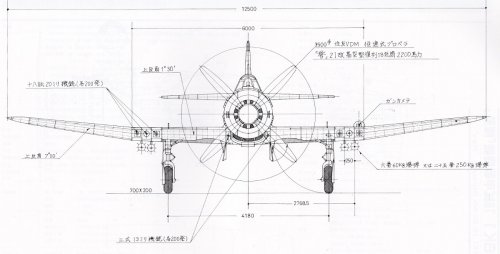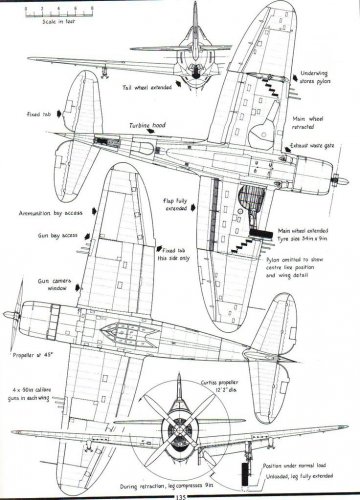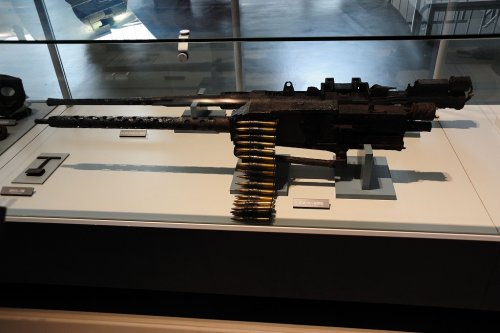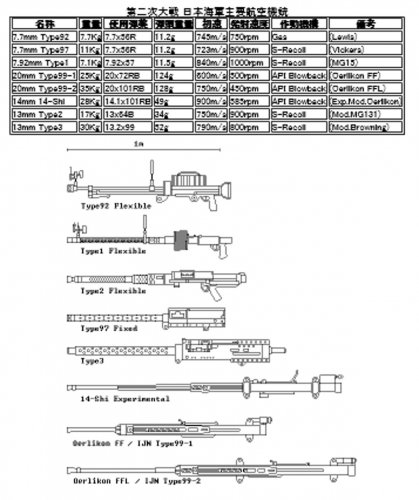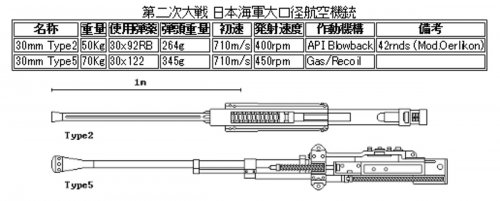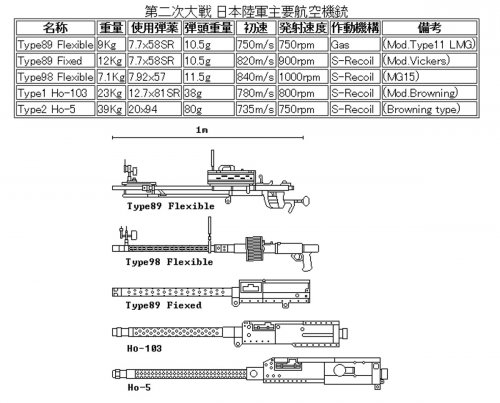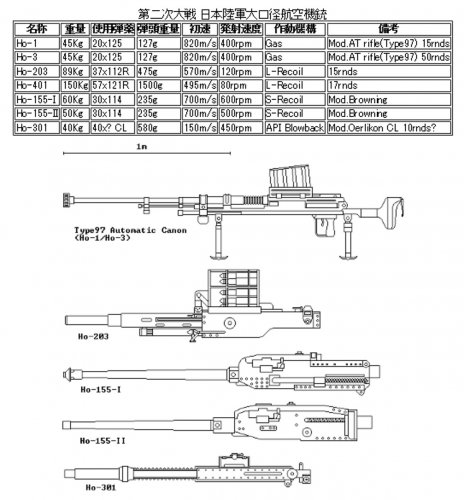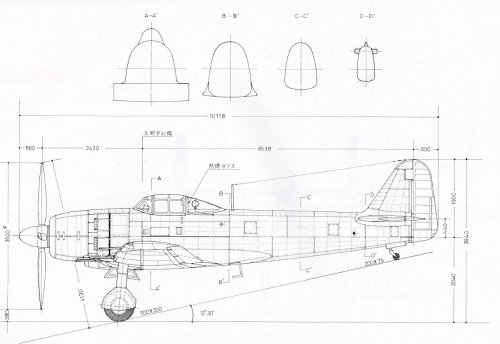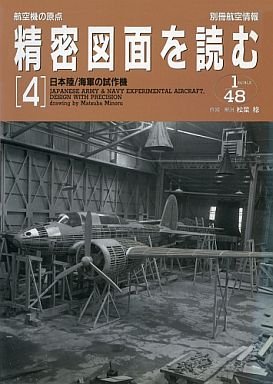Hmmm....... :

I used to read that R-2800 marked 3,800hp at ADI's test stand and P-47's R-2800 marked 3,200hp at combat condition in some Japanese document.
What is ADI?
[/quote]
"ADI" is "Anti-Detonant Injection". Water spray was used to cool the intake charge so that the engine could run at higher supercharger boost pressures--and thus higher power--for short periods without causing disastrous detonation. American engines mainly used it for take-off with heavy loads. But I imagine it might also be used for short bursts of power during combat, such as when chasing a kamikazi at low altitude.
3800 hp with ADI (a LOT of ADI) on the test stand might be possible, but hardly practical in combat. The engine would probably need a rebuild after a relatively short running time. I seem to remember reading that a Napier Sabre made over 5000 hp under similar conditions.
More realistically, early R-2800 engines were rated at 1800 hp at 2600 rpm. When this was raised to 2000 hp at 2700 rpm, the original cast heads developed cooling issues, because the cast-in cooling fins were too few and too thick. C-series engines were therefore redesigned to use a forged head with more closely spaced, gang-sawed cooloing fins. Components were strengthened overall (stronger connecting rods, more teeth on the reduction gears, larger propeller shaft splines, etc.). With additional improvements to the supercharger and injection carburetor, power eventually went up to 2500 hp at 2800rpm or 2800 hp at the same rpm with ADI.
In the F8F-2, the R-2800-30W produced 2250 hp at 2800 rpm. My sources ("Allied Piston Engines of World War II" by Graham White and "Engines of Pratt and Whitney" by Jack Connors) list maximum power for the P-47N at 2100 hp at 2800 rpm and 35,000 ft. The altitude matters, because the P-47 engine was turbocharged and thus achieved maximum boost at maximum rated altitude. Turbocharging heated the compressed intake air more than mechanical supercharging, and the air was thinner to start with at altitude. This probably explains the lower power rating compared to a mechanically supercharged F8F engine running at sea level. American turbocharged engines had problems with overheating throught the war.
Remember too that the above are all short-duration, maximum-rpm, maximum-boost power ratings. In normal use, the F8F's R-2800-30W produced 1720 hp at 2600 rpm, while the P-47N's R-2800-73 produced 1700 hp at the same rpm.
If we go back to the Japanese cooling fan question, I based my repliy on considerations like the above and on experience with how engineers think. Grumman and Kawanishi engineers faced entirely different sets of design constraints. So they came up with different solutions.
The R-2800 was the product of enormous technical and manufacturing resources that were not available in Japan. Grumman and P&W could base their design decisions on an abundance of high-quality fuel, raw material, and machine tools. High-octane fuel let the R-2800 run hotter without detonation. Surplus fuel let the engine use more of it. The close-finning made possible by sophisticated machine tools and a surplus of raw material maximized heat rejection. Long experience with airline operations led to baffling and cowling designs that optimized internal airflow while minimimizing cooling drag. So the F8F's engine did not need a fan. A fan would, if anything, have been an unneeded source of complexity, added weight, and consequent mantenance problems.
Japan's late-war aircraft and engine designs were the product of scarcity, lack of industrial capacity, lack of raw materials. So I expect that the difference between Kawanishi's J6K and the F8F reflects this fact. The Japanaese engineers could not adopt F8F- and R-2800-style design solutions because their starting point was different. They didn't have the time or resources to duplicate the trial-and-error experimentation that made P&W expert at low-drag air cooling. They couldn't keep supercharged engines cool using lots of high-octane fuel. So they adopted a solution that they could make work, the forced air cooling fan.

